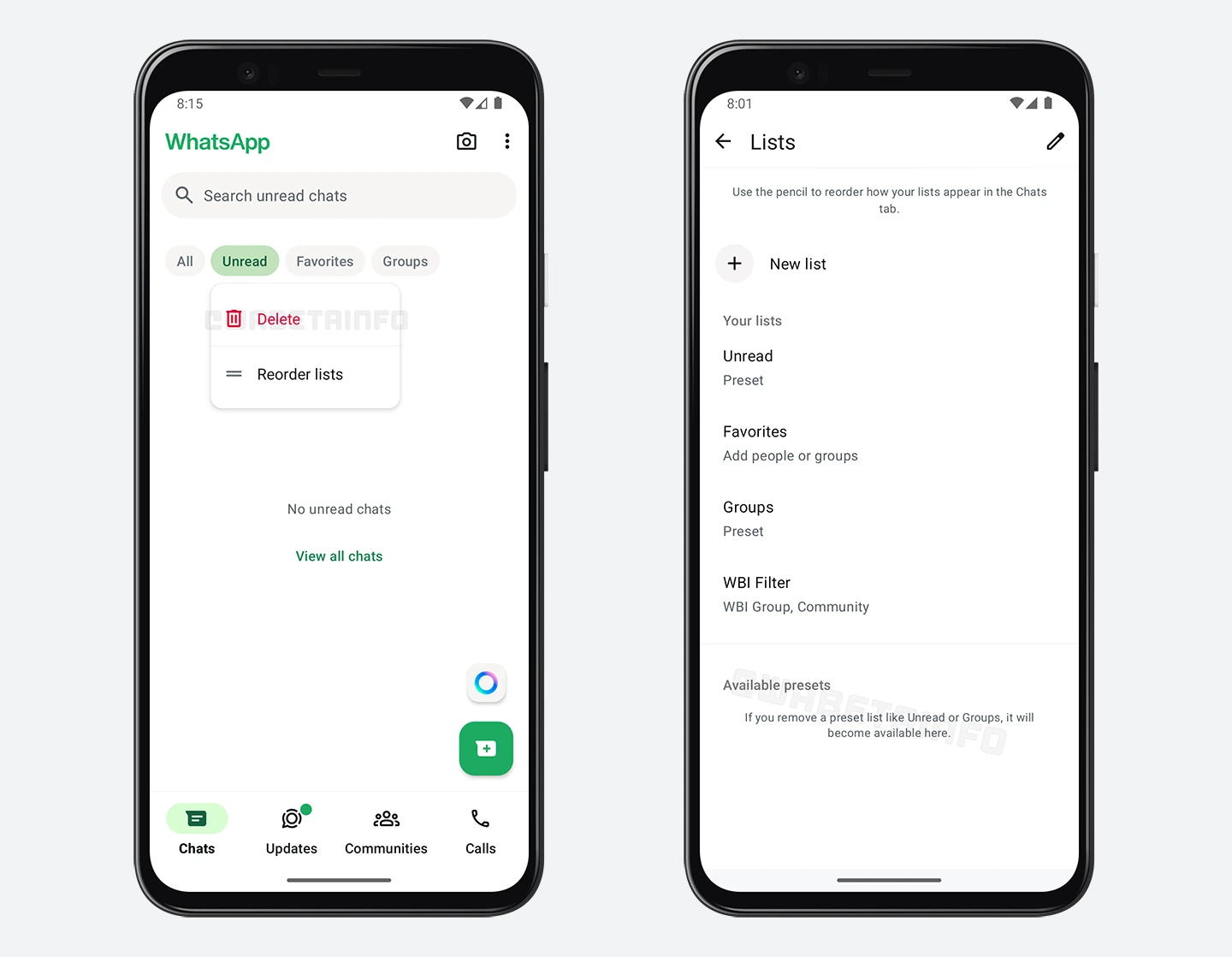Exploring the Features of ‘Delete for Everyone’ in Google Messages
Google Messages introduced the ‘Delete for Everyone’ feature as a means to allow users to retract sent messages, a functionality that can be crucial in avoiding communication mishaps. This feature grants users the ability to delete a message not only from their own chat but also from the recipient’s end, providing a degree of control over one’s conversations.
The Impact and Implications of Message Retraction
One key consideration with ‘Delete for Everyone’ is the potential impact on communication dynamics. While it can prevent misunderstandings or errors, it also raises questions about privacy and trust. Users must be aware that once a message is sent, the ability to truly ‘delete’ it completely may be limited in the realm of digital communication.
Adapting to Evolving Communication Norms
As messaging platforms evolve, features like ‘Delete for Everyone’ represent a shift towards more user-centric and transparent communication tools. This trend towards enhancing user control and privacy is likely to continue shaping how individuals engage with messaging apps, reflecting a broader industry focus on user empowerment and data protection.
How to Use the New ‘Delete for Everyone’ Option
Introduced as a game-changer in the realm of messaging apps, the ‘Delete for Everyone’ feature allows users to retract a message sent in error or haste, offering a desirable layer of control and privacy.
Utilizing this feature is straightforward; within a specified time frame after sending a message, users can simply long-press on the message and select ‘Delete for Everyone.’ This action deletes the message not only from their chat but also from the recipient’s chat, leaving behind a retraction notice.
This functionality is a boon for maintaining professional decorum or rectifying embarrassing typos quickly. Furthermore, the ‘Delete for Everyone’ option underscores the platform’s commitment to user satisfaction and privacy, aligning with evolving digital etiquettes and user expectations.
Its adoption hints at a shift towards more user-centric communication tools that prioritize user control and confidentiality. As messaging platforms continue to enhance user experience and privacy measures, features like ‘Delete for Everyone’ set a benchmark in fostering secure and reliable digital interactions.
Benefits of the ‘Delete for Everyone’ Feature in Messaging
Discover the advantages of the ‘Delete for Everyone’ feature, a popular functionality that allows users to retract sent messages in messaging apps. Despite common misconceptions, this feature enhances privacy and reduces the risk of embarrassing typos or unintended messages. Did you know that this feature was first introduced in 2017 by a major messaging platform?
User Reactions to ‘Delete for Everyone’ in Google Messages Beta
Expert Insights (Q&A)
Q: What are the most significant misconceptions about ‘Delete for Everyone’ in Google Messages Beta?
A: While some may assume that ‘Delete for Everyone’ guarantees complete removal of messages, it’s essential to recognize that residual data can still exist in backups or other devices. Users should understand the limitations of this feature to manage their expectations effectively.
Q: Why does ‘Delete for Everyone’ in Google Messages Beta matter more than most people realize?
A: The introduction of the ‘Delete for Everyone’ feature signifies a crucial advancement in user control and privacy within messaging platforms. This functionality empowers users to rectify inadvertent messages or protect their privacy by removing sensitive content, enhancing the overall user experience and digital well-being.
Q: How is ‘Delete for Everyone’ in Google Messages Beta likely to evolve in the coming years?
A: Looking ahead, ‘Delete for Everyone’ in Google Messages Beta is expected to evolve by incorporating enhanced security measures, expanded customization options, and seamless integration with other Google services. The feature may also integrate AI functionalities to offer predictive message deletion or more robust data protection capabilities, shaping the future landscape of messaging privacy and control.












Leave a Reply